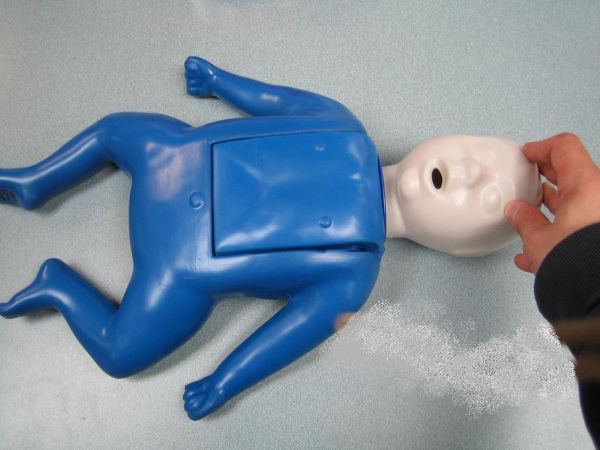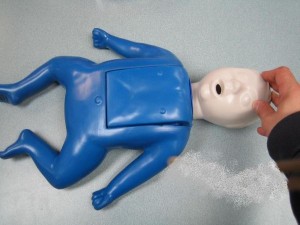Children, specifically the younger ones, often insert foreign objects in the orifices of the face and the nose is no exception.It is not known to many how deep the space in the nose extends to. It, in fact, extends directly to the back of the face. Different object are inserted into the nose, sometimes, intentionally and other times, unintentionally. Most cases of foreign bodies in the nose and nasal cavity are harmless and occur in toddlers and children between one to eight years of age. Although harmless, complete removal is still required to avoid discomfort and danger.
Causes of Foreign Body in the Nose
For toddlers and children, the ability to grab things and use their senses to understand the objects they are handling is remarkable. This is part of getting to know the world. Thus the most common cause of presence of foreign object in the nose includes:
- Intentional, out of curiosity
- Trauma
- Due to fall or getting struck in the face
Most Common Foreign Bodies in the Nose
The most common foreign bodies lodged in the nose are the following:
- Beads
- Buttons
- Small toys or pieces of toys
- Tissue paper
- Food such as, nuts sweets, seeds, peas, etc.
- Erasers
- Rocks or pebbles
How to Diagnose Foreign Body in the Nose
Sometimes, when the object is not seen, there are methods to diagnose presence of foreign body in the nose. These include:
- Rhinoscopy: insertion of small, thin tube with a camera on the end for a deeper view in the nose
- X-ray: may show metal, glass and other objects
Symptoms of Foreign Body in the Nose
Although the child may admit to voluntarily putting a foreign object in the nose, some children may be afraid and hesitant to tell their parents or caregivers. Some symptoms include:
- Pain and
- Difficulty breathing in a particular nostril
- Nasal bleeding (due to fragile nose tissues)
- If blood is swallowed, nausea and vomiting
- Choking
- Wheezing or whistling sounds when breathing
- Difficulty talking
- Infection from forgotten objects placed inside the nose leading to nasal discharge
- If the foreign object has been in the nose for an extended period of time, a foul odor may come from the nose or produce bad breath
First Aid Management for Foreign Body in the Nose
Action must be taken if a foreign object becomes lodged in the nose or in the nasal cavity. Disclaimer: the following method is not be used as medical advice or first aid training. To learn proper management of foreign object in the nose and other injuries, enroll in first aid courses.
- Do not try to examine the lodged objet using a cotton swab or any other tool as it may push the object inside.
- Breathe through the mouth to avoid inhaling the object deeper.
- Gently blow the nose. Do not forcefully exhale or repeatedly. If only one nostril contains a foreign object, apply gentle pressure to the opposite nostril and gently blow out through the affect nostril.
- If the object is detectable and be easily removed using tweezers, do so. Do not attempt to do this is the object cannot be detected or easily removed.
- If minor bleeding occurs, follow first for nosebleed.
- If the aforementioned methods are unsuccessful in removing the foreign object in the nose, seek a medical help or go to the emergency room of a hospital.


